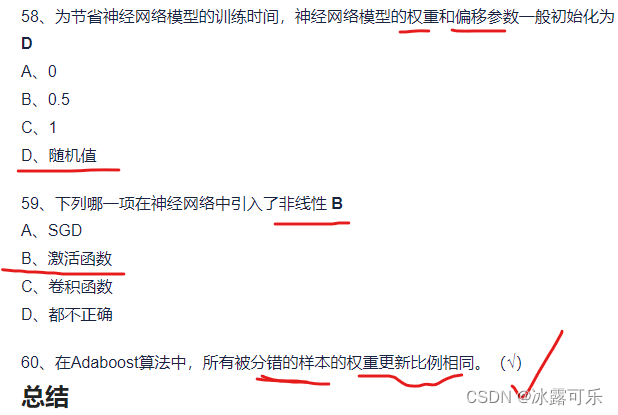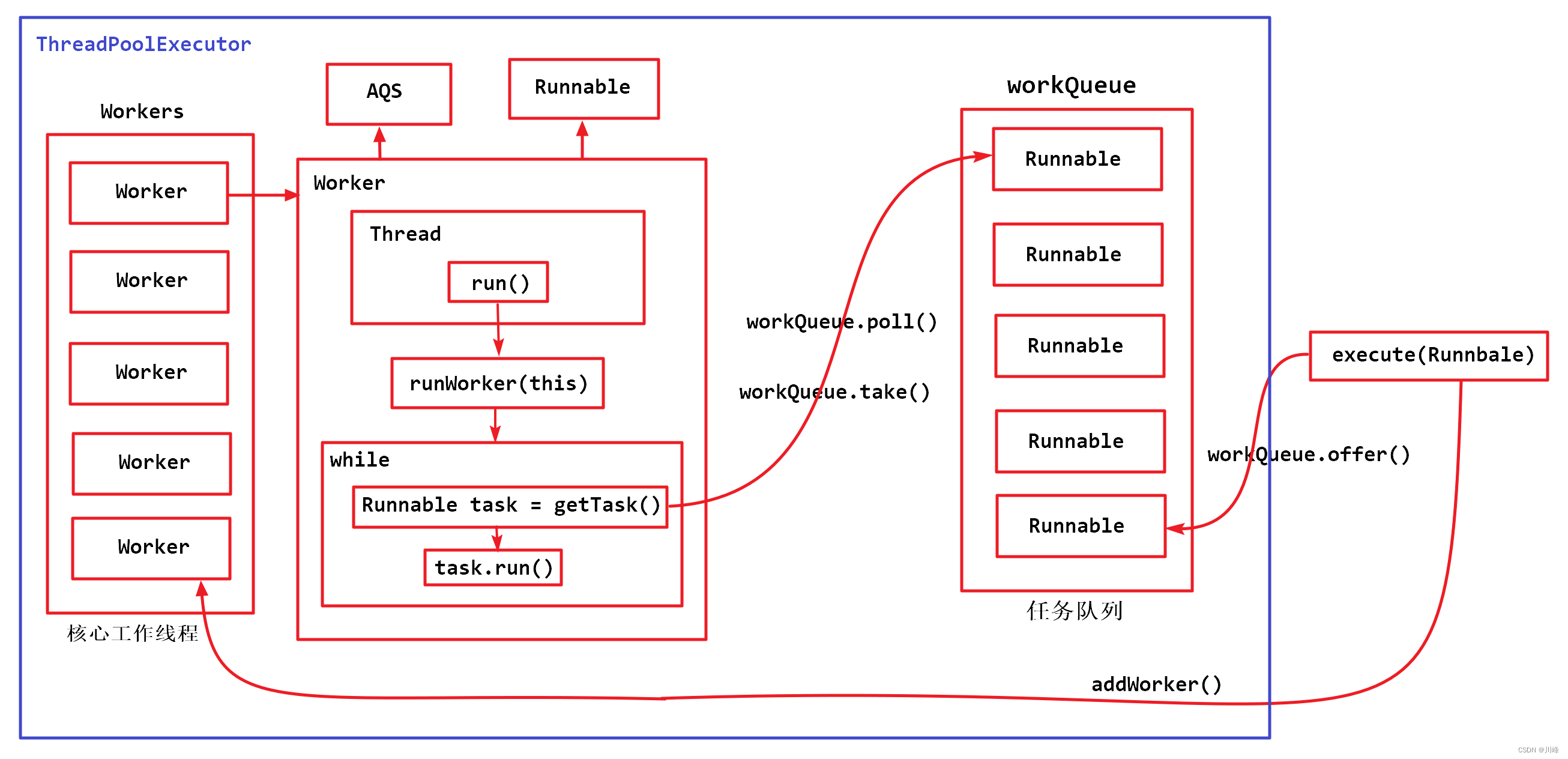官方实例
# content of test_expectation.py
import pytest
@pytest.mark.parametrize("test_input, expected",[("3+5",8),("2+4",6),("6*9",42)])
def test_eval(test_input, expected):
assert eval(test_input) == expected
# content of test_expectation_class
import pytest
@pytest.mark.parametrize("n, expected",[(1,2),(3,4)])
class TestClass:
def test_simple_case(self, n, expected):
assert n + 1 == expected
def test_weird_simple_case(self, n, expected):
assert (n * 1) + 1 == expected
# content of test_parametrize_glob.py
import pytest
pytestmark = pytest.mark.parametrize("n,expected",[(1,2),(3,4)])
class TestClass:
def test_simple_case(self, n, expected):
assert n + 1 == expected
def test_weird_simple_case(self, n, expected):
assert (n * 1) + 1 == expected
解读与实操
内置的pytest.mark.parametrize装饰器允许对测试函数的参数进行参数化。
注意:参数值按原样传递给测试(没有任何副本),例如,如果你传递一个列表或字典作为参数值,并且测试用例代码对它进行了修改,那么这些修改将在随后的测试用例调用中反映出来。

请注意,你也可以在类或模块上使用参数化标记,类中的函数将调用带有参数集内容。

要将模块中的所有测试参数化,可以将其赋值给pytestmark全局变量。

场景应用
测试函数相同,只是传入参数不同,就可以用这种方法扩展测试用例。特别是针对列表的搜索功能,同一个搜索函数,但是存在多个搜索项。
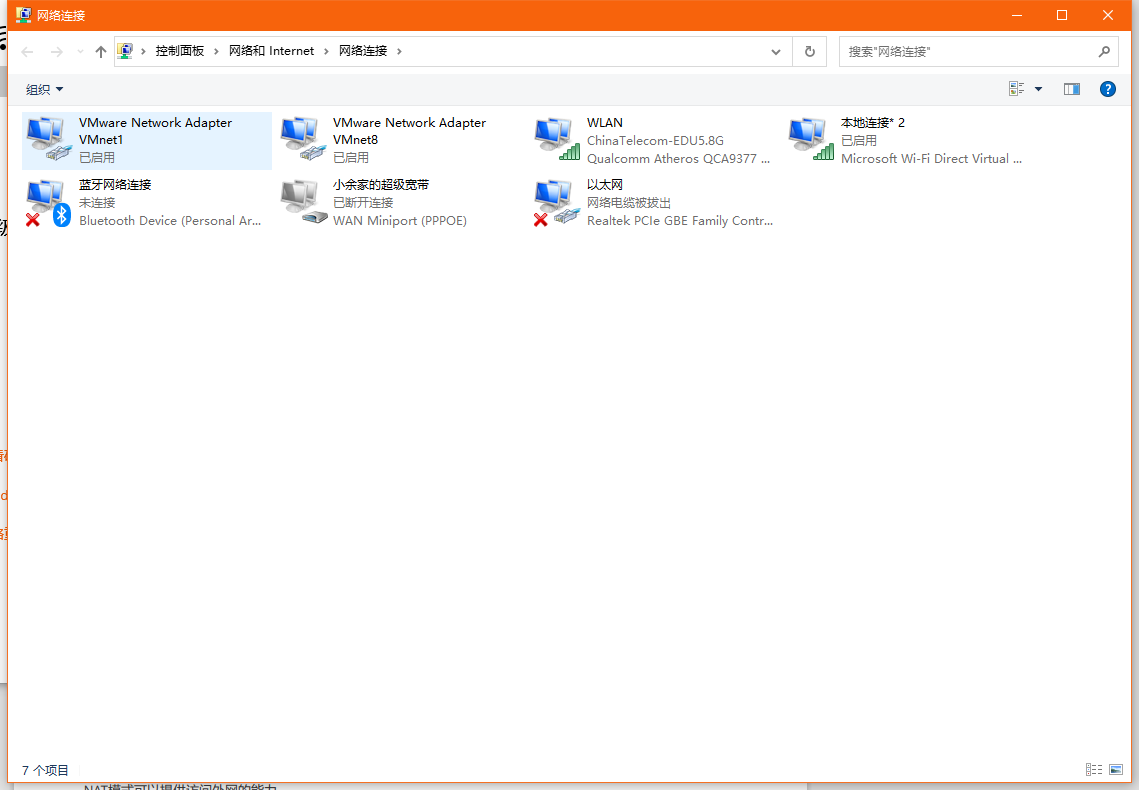
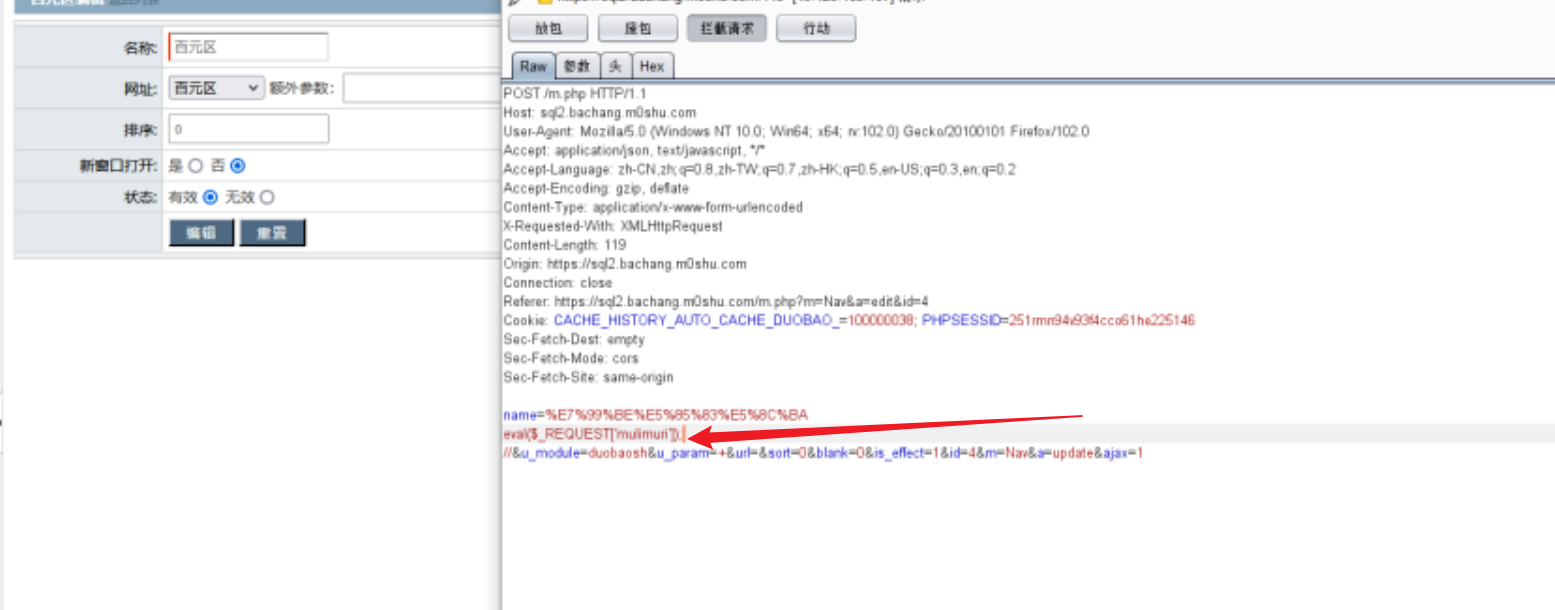
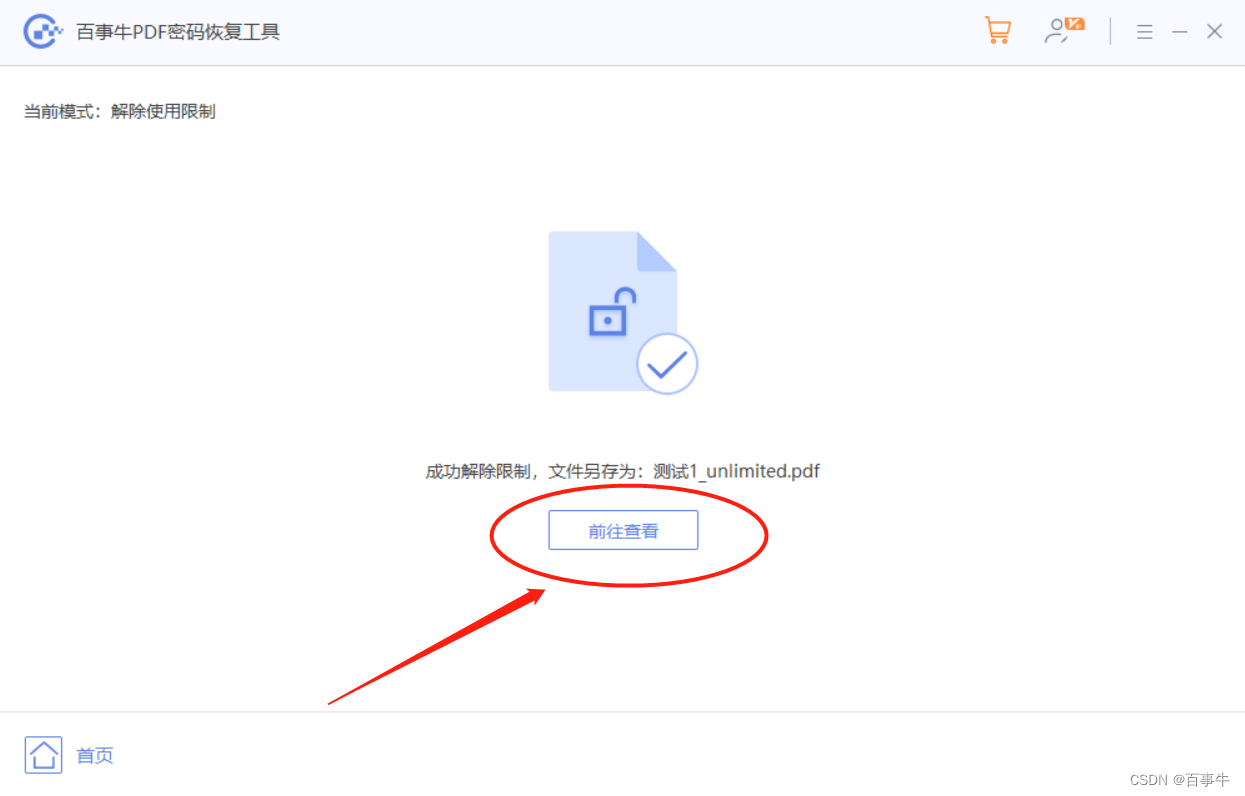

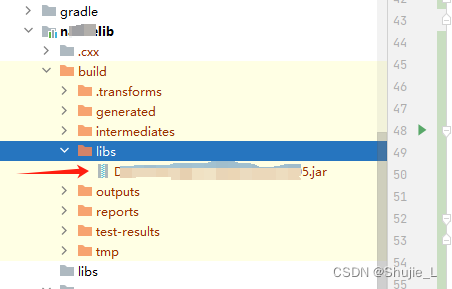
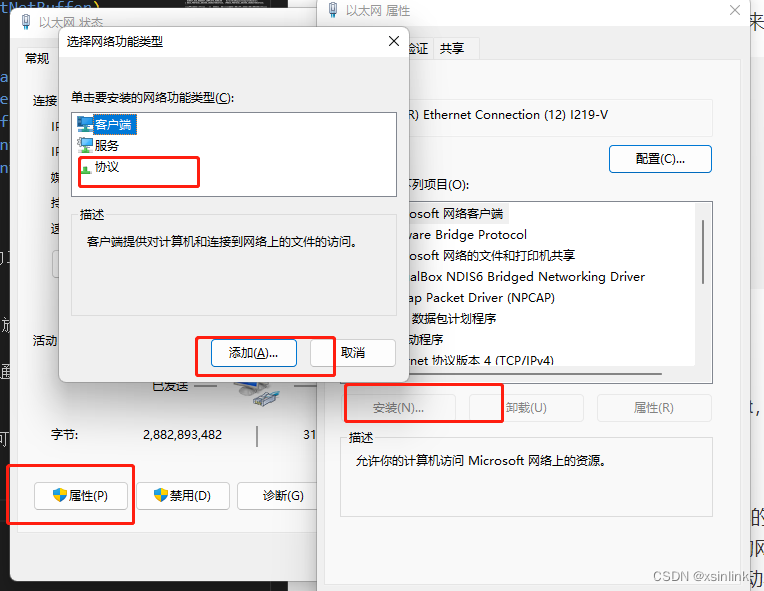
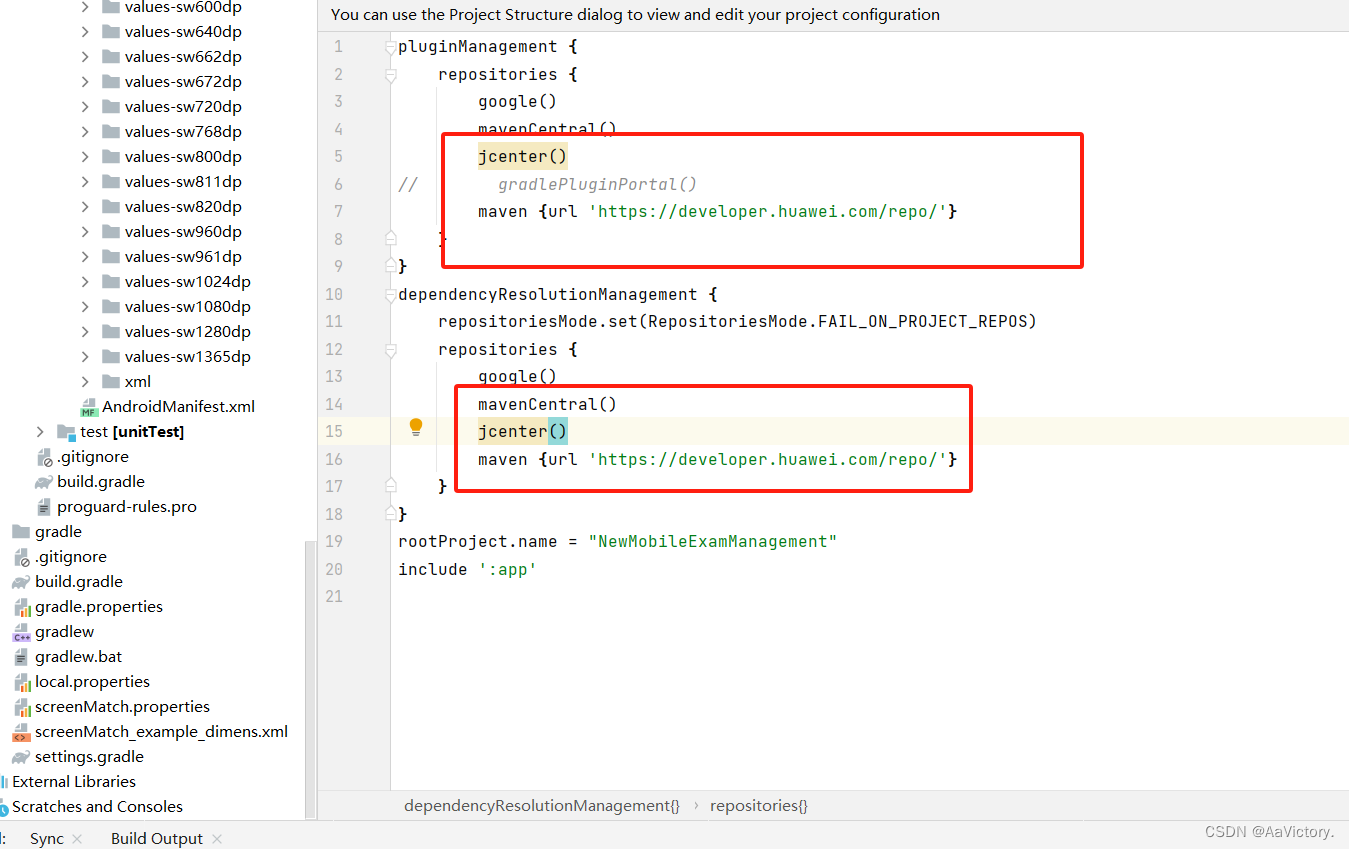


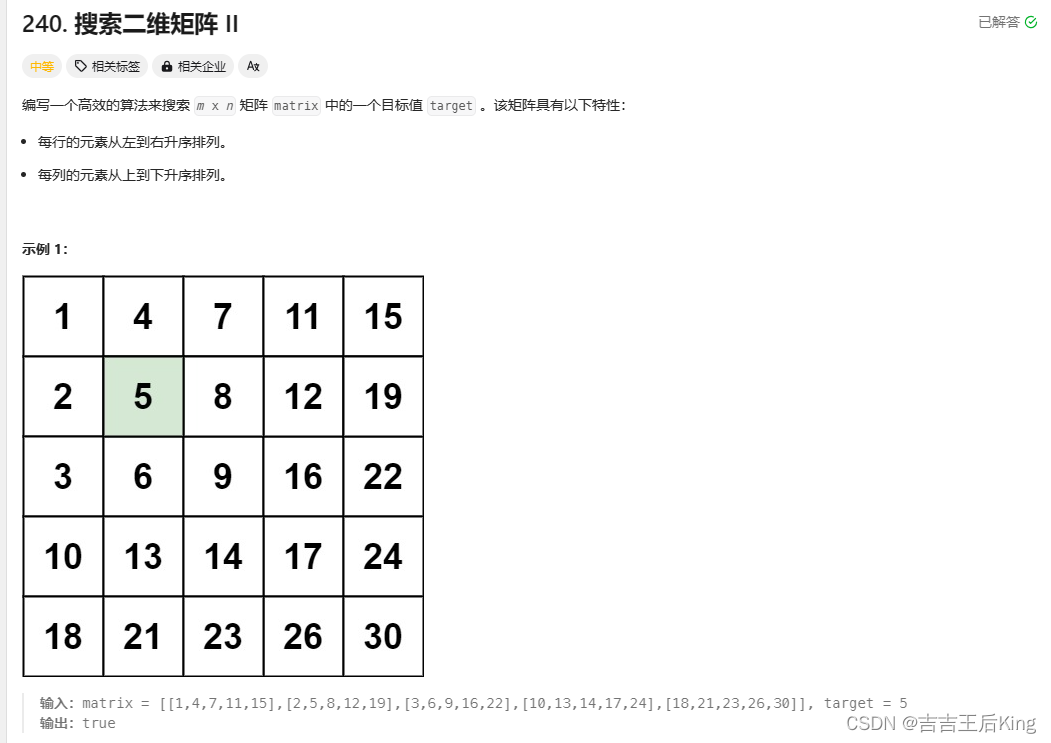

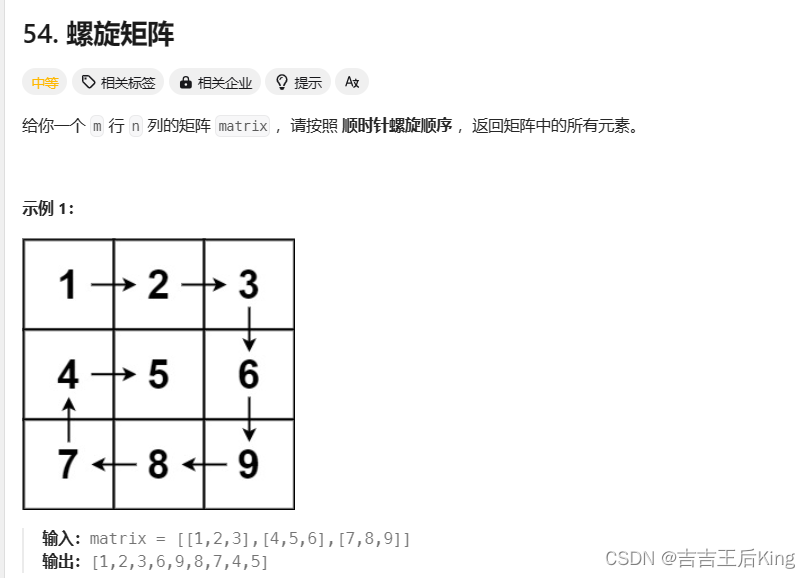
![[原创][2]探究C#多线程开发细节-“线程的无顺序性“](https://img-blog.csdnimg.cn/direct/20021d4e247e4902a0855469ec5519c6.png)

